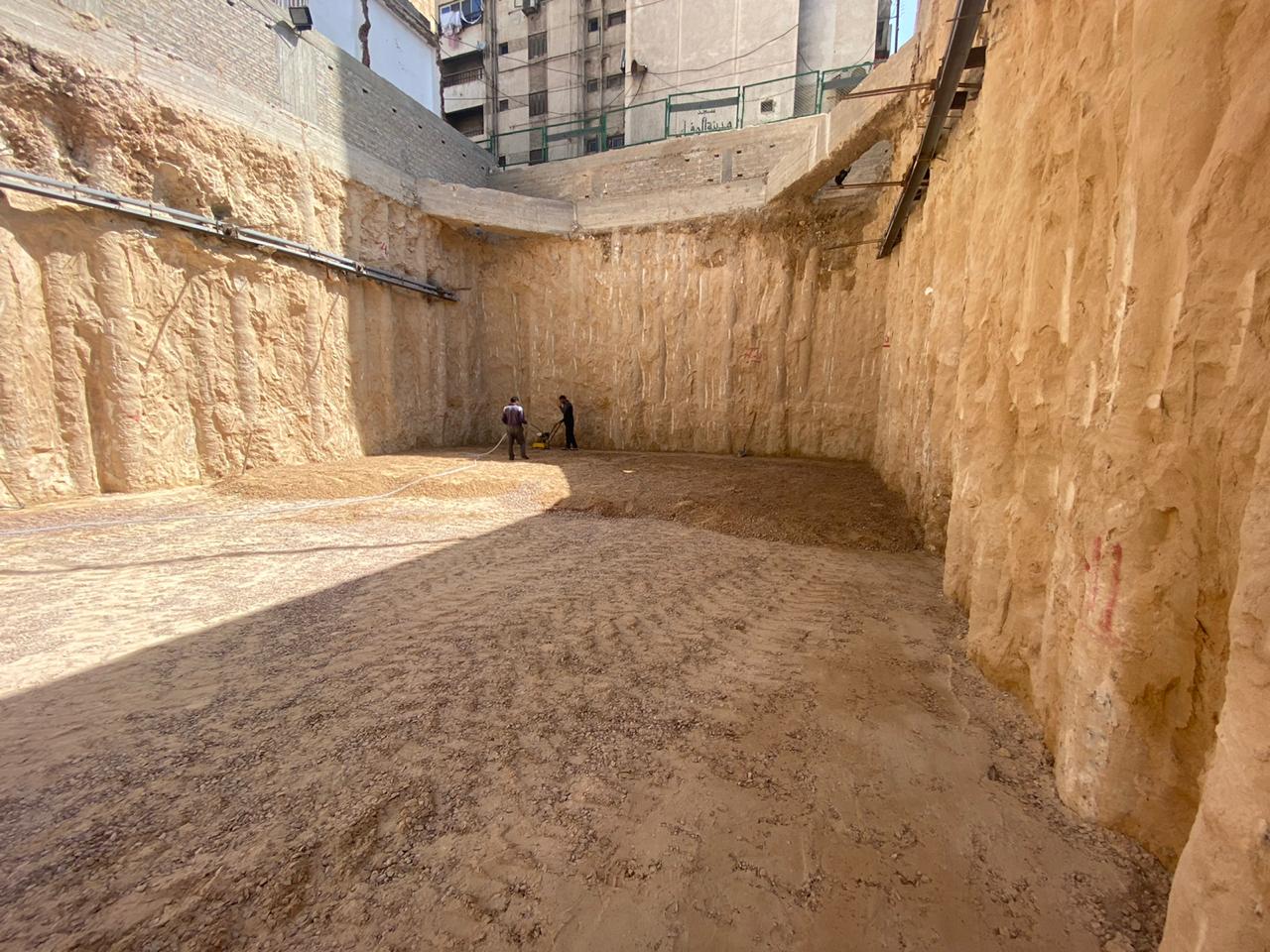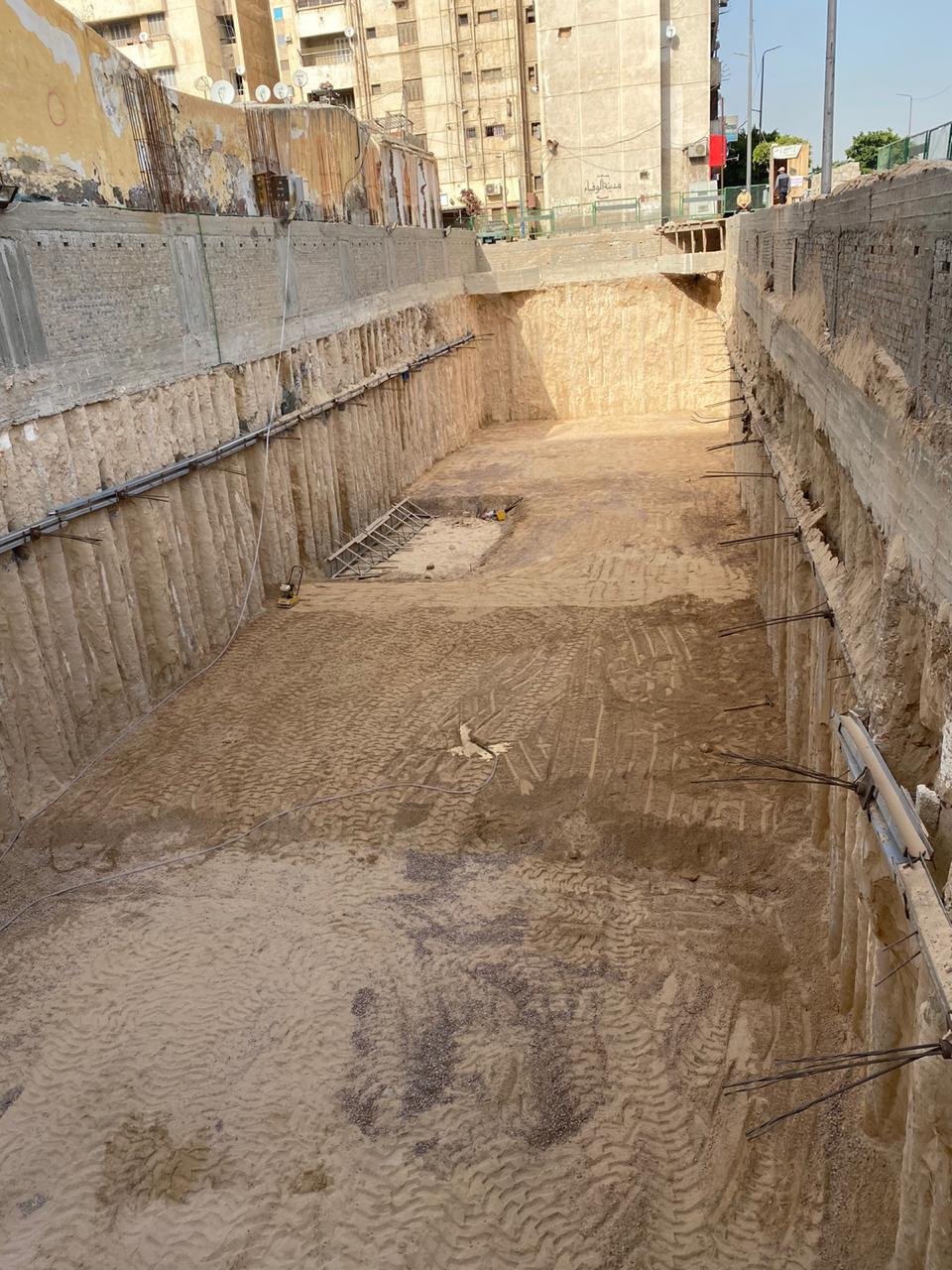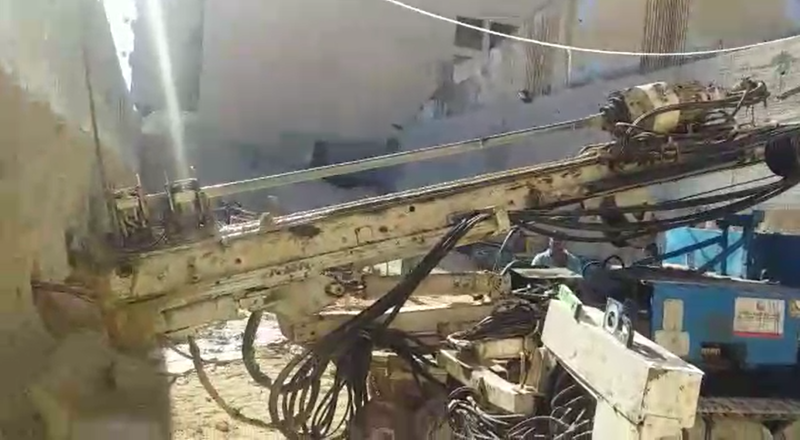Soil Anchoring
A tieback is a structural element installed in soil or rock to transfer applied tensile load into the ground. Typically in the form of a horizontal wire or rod, or a helical anchor, a tieback is commonly used along with other retaining systems (e.g. soldier piles, sheet piles, secant and tangent walls) to provide additional stability to cantilevered retaining walls . With one end of the tieback secured to the wall, the other end is anchored to a stable structure, such as a concrete deadman which has been driven into the ground or anchored into earth with sufficient resistance. The tieback-deadman structure resists forces that would otherwise cause the wall to lean, as for example, when a seawall is pushed seaward by water trapped on the landward side after a heavy rain.
Tiebacks are drilled into soil using a small diameter shaft, and usually installed at an angle of 15 to 45 degrees. It can be either drilled directly into a soldier pile, or through a wale installed between consecutive piles. Grouted tiebacks can be constructed as steel rods drilled through a concrete wall out into the soil or bedrock on the other side. Grout is then pumped under pressure into the tieback anchor holes to increase soil resistance and thereby prevent tiebacks from pulling out, reducing the risk for wall destabilization.





